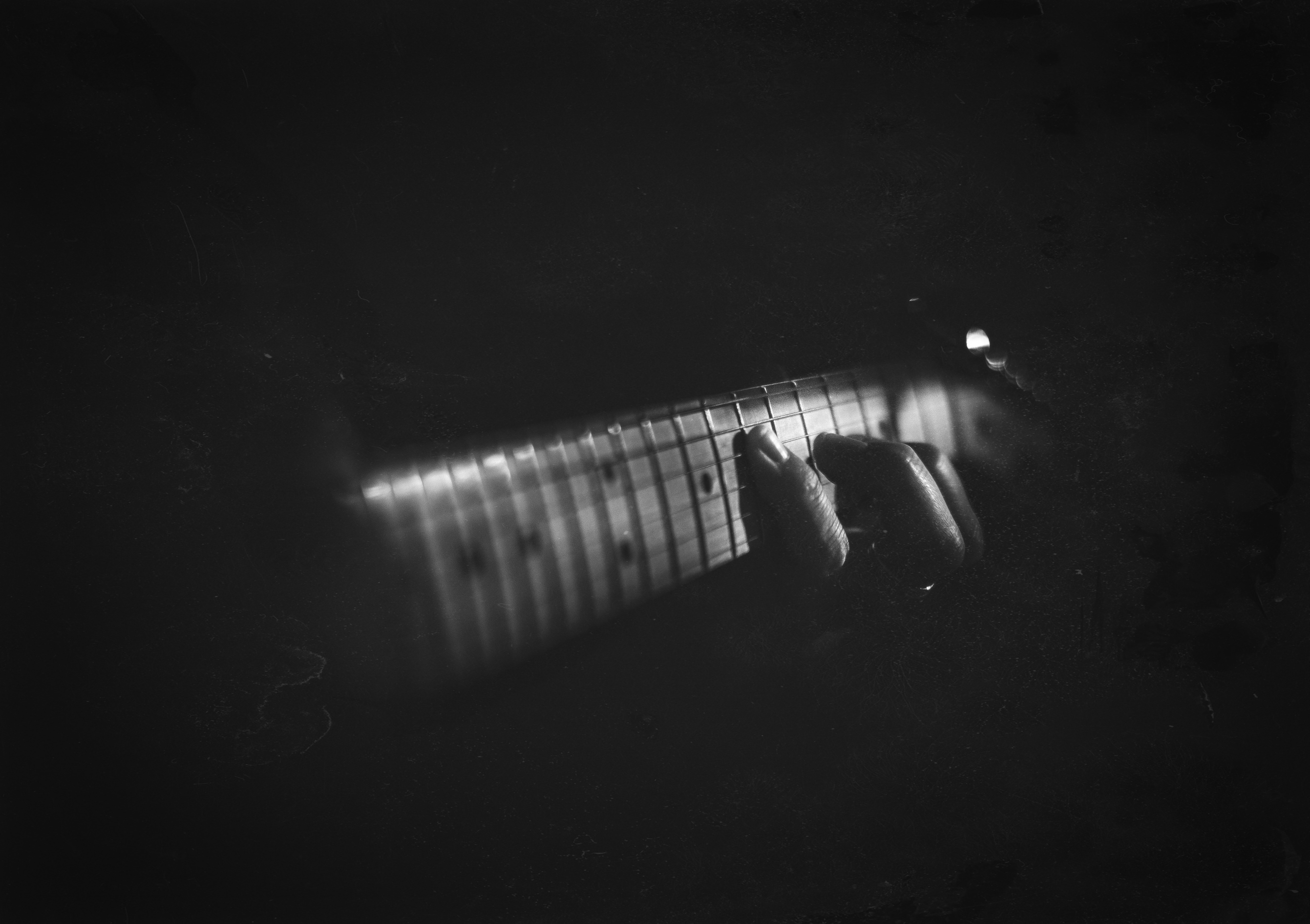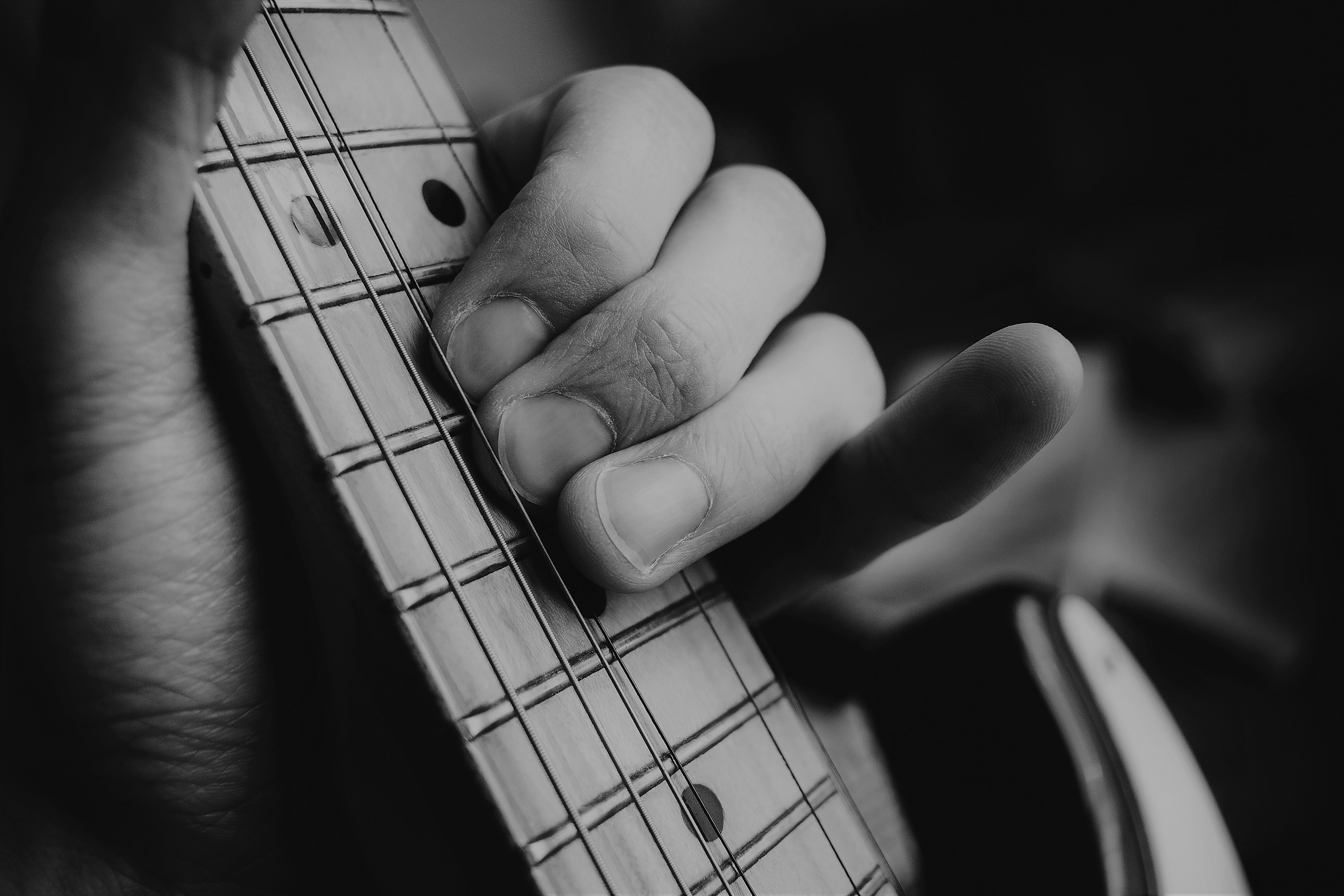A couple of days ago we looked at How to Easily Learn Multiple Scale Patterns in parallel using just three different scale patterns/positions. In this lesson, I’d like to revisit those scale patterns and give you an easy way of learning which chords go with them, that it, which chords you can wail over using this economic system for learning tons of scales.
Here are the first three scale patters for the Major, Melodic Minor and Harmonic Minor scales, and what we’re going to do is visually link each note in the scale to a set of chords.
Major Scale

The F note links to F, Fmaj7 and Fmaj9
The G note links to Gm, Gm7 and Gm9
The A note links to Am, Am7 and Am7b9
The Bb note links to Bb, Bbmaj7 and Bbmaj9
The C note links to C, C7 and C9
The D note links to Dm. Dm7 and Dm9
The E note links to Edim, Em7b5 and Em7b5b9
If this is too much information, start with F, Gm, Am and so on, then go through the 7 chords and finally the 9 chords when you’re ready. You don’t actually need the guitar to do this exercise, as long as you can visualize the scale pattern, so it’s a good one to go through in your head whenever you’re on the train or something.
Melodic Minor Scale

The F note links to Fm, FmM7
The G note links to Gm, Gm7
The Ab note links to Abaug, Abmaj7#5
The Bb note links to Bb, Bb7
The C note links to C, C7 (C7#11)
The D note links to Ddim, Ddim7
The E note links to Edim, Edim7
With the Melodic Minor scale, we get a whole new set of chords to consider. Remember that if you’re going to use the above scale to play over a C7 chord, for example, you’ll need to resolve all your licks and runs to C rather than F.
Harmonic Minor Scale

The F note links to Fm, FmM7
The G note links to Gdim, Gdim7
The Ab note links to Abaug, Abmaj7#5
The Bb note links to Bbm, Bbm7
The C note links to C, C7 (C7b9)
The Db note links to D, Dmaj7
The E note links to Edim, Edim7
The information here works on many levels, from knowing what chords are in each key or scale to being able to call on these scales when improvising over more complex chords and changes. As I mentioned, this is a great one to do when you have a spare moment, as well as to explore the chords in other keys and scales.
If you have a guitar at hand, play the scale and name the chords as you play each note. I guarantee even this simple exercise will do wonders for your playing, as well as giving you more options for improvising, riff-writing and composing.



